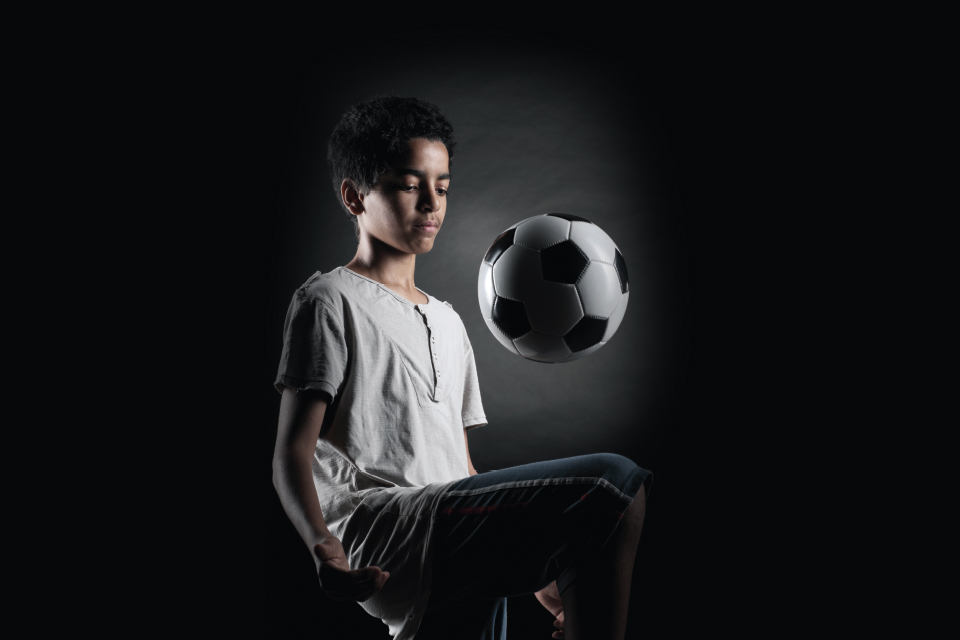The Specialized Child Athlete

The sanctity of spring and summer league play has long been immortalized in moving picture. The Bad News Bears revealed to everyone the joy that comes from uncoordinated misfits unifying together as a team, taking delight in small, innocent pleasures like brand new uniforms and celebratory pizza parties.
Even The Sandlot provided a glimpse into the elation that surrounds daily throw and catch, new friends turned teammates, and the honor of playing on an actual field, with real bases and chalk lines.
Once upon a time, youth sports participation changed by the season. Fall was for soccer or football, basketball during the winter, and summer was a time for baseball and softball leagues, when motivations were social as much as they were about the score. And for the kids participating, this arena allowed a casual whetting of the competitive appetite. Functional movement training was disguised as sprinting around the bases and diving after fly balls.
But social eventually gave way to specialization. Now, as early as the third grade, boys and girls are beginning to play the same sport throughout the year. Last spring, researchers from Loyola University Medical Center produced a study that concluded children shouldn’t spend more hours per week than years of their age playing one sport. Those who did were 70 percent more likely to experience overuse injuries. Ever heard of pitcher’s elbow or swimmer’s shoulder?
As more children tend toward organized sports over free play or pick-up games, there’s also specialized, functional training that can complement their body awareness and activity. Fitness facilities are adding youth performance training.
“First and foremost, we want to teach that fitness can be fun,” said Tim Meyer of Meyer Athletic Development, located in Cedar Park, Texas. “Exercise is not punishment.”
The majority of Meyer’s youth athletes are 8–13 years old, and he says 95 percent of them are also engaged in a competitive sport, either through club, school, or both. New athletes may sign up for performance training looking to get quicker around the base pads, but Meyer breaks his teaching down to a foundational level.
Speed and agility are the result of body control—or essentially core strength. By working on coordination, flexibility, and balance, young athletes also gain the fitness that makes them more durable to perform and less prone to over-use injury. “We’ll start with bear crawling, single-leg balance—all the foundational movements that lead to plyometric movement,” Meyer said.
A certified physical educator, Meyer views himself more as a teacher, someone who is guiding children how to workout. His one-hour classes are structured like most any group fitness class, with a warm-up/movement preparation piece, followed by speed and agility, and then strength. The core stability demonstrated during movement preparation dictates how athletes are introduced to speed and agility, with the overall goal being linear speed, multidirectional agility, and deceleration skills. Lastly, athletes focus on total body strength that will allow them to perform all of their athletic movements with more speed and power.
“There’s certainly a periodization factor,” Meyer said. “During sports seasons, they might not come in for training as much, because they’re at practice. Parents will sometimes say, ‘We haven’t seen you in a month, and we can tell.’ Regular maintenance is key.”
Meyer opened his facility in 2011 after previously working as a coach for CATZ, which also offers youth performance and even elementary fundamentals programming. As options for youth sports continue to grow, and seasons blend together into one continuous year-round schedule, youth conditioning will continue to be a need. For instance, the West Austin Youth Association offers 30 sports and learning programs, starting at 18 months of age.
“The goal is really to produce capable, dynamic athletes,” Meyer said. “Maybe not everyone is going to end up with a college scholarship or even play on varsity. But we want kids who are strong and performing at their very best.”






